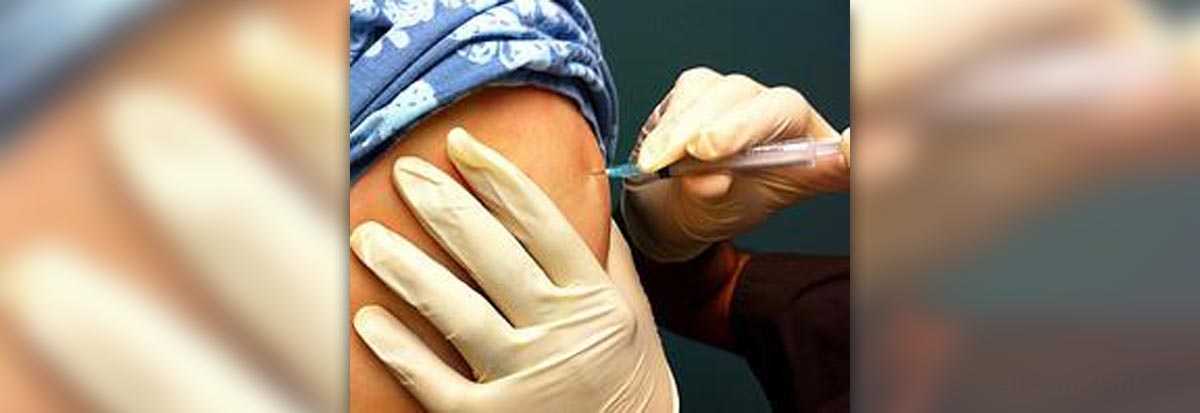
Tetanus, when not treated timely, can be deadly. Therefore, this disease is kept at bay through vaccination and various other forms of protection.
Nevertheless, due to various reasons, main of which are negligence and unhygienic conditions, tetanus can affect a newborn child, right after the delivery carried out in such an environment.
Therefore, if you want to learn more about this disease and various ways of treatment and prevention related to it, read the lines below.
Definition of Tetanus
The main cause of tetanus is a type of bacteria which commonly lives in the soil. The name of this bacterium is Clostridium and it is capable of producing a poison which can be quite harmful for the human body, due to the fact that it gets connected to the nerves around the wound, being delivered into the brain or the spinal cord through these pathways.
Once the bacteria reach these destinations, it affects other nerves negatively, having a catastrophic impact on our motor functions and various other aspects of our health. Fortunately, tetanus cannot be transferred from one person to another. Therefore, it is not considered to be contagious.
As far as neonatal tetanus is concerned, it is a health problems appearing in newborns, especially those who were delivered in unsanitary conditions, with their cut umbilical cords exposed to the form of bacterial contamination responsible for this disease. Before the vaccines which prevent this were developed, many newborns died due to tetanus. However, today, the vaccines, along with the new methods of cutting the umbilical cord prevent this. Therefore, in most developed countries, neonatal tetanus is very rare.
Basically, in the US, as soon as the newborn reaches the second month of life, he/she is vaccinated against tetanus. Furthermore, every 10 years of life, you are advised to receive booster vaccines, protecting you even better. Usually, the vaccination stops after teenage years and the immunization process is complete at this age.
As far as the signs and symptoms related to tetanus are concerned, these are muscle spasms, commonly affecting the jaw and the facial area. Problems with swallowing and appearance of pain and discomfort usually take place hand-in-hand with these signs, leading to neck, shoulder and back stiffness. The pain and the stiffness can easily spread onto other body parts. However, once the symptoms start appearing, it has been more than 3 days after the exposure to the bacterium behind the disease.
Prevention
Since prevention is much better than treatment in most cases, you are recommended to protect yourself and your family through regular and proper vaccinations against tetanus. Namely, by the time you turn 5, you should have already received a whole series of shots against tetanus. If you happen not to know whether you are protected or not, seek help from your doctor. Also, if more than 10 years have passed since your last vaccination, schedule a medical appointment and have your immunity against this disease renewed.
Keep in mind that whenever you get wounded or cut deeply, especially while spending time outdoors, you risk developing tetanus. So, in all these situations, do not be afraid to seek medical assistance and advice. Additionally, make sure that your footwear has thick and well-protecting soles, making it impossible for nails, glass or any other such material to pierce through them and reach your feet. If these injuries do take place, disinfect the sites with antiseptic solutions and seek medical assistance.
As for the prevention of neonatal tetanus, this condition is kept at bay through giving birth in clean, perfectly sanitized environments, through adequate labor techniques and by using proper equipment for these purposes.
The TT vaccine can protect both mothers and babies against tetanus. Moreover, the baby of the mother who received the shot is protected by the mother's antibodies for the first 2 months of his/her life. Nevertheless, vaccination should take place and the baby should spend time in hygienic environments, safe from contamination.
Recovery is Possible
Recovery from tetanus is possible through timely treatment and administration of vaccines. However, it is necessary to react before the harm happens and protect both the mothers and the babies against tetanus.
In 1999, when the World Health Assembly started promoting elimination of neonatal tetanus, 57 countries around the world have not yet managed to keep people completely safe from this disease. As of July 2011, 20 countries have managed to eliminate tetanus, leaving 39 still affected, due to the inclusion of Timor Leste and South Sudan onto the list of tetanus-fighting countries.
In order for tetanus to be eliminated not more than a single case of neonatal tetanus is allowed to appear in 1,000 births in every district of a country.
Yet, many countries lack the necessary medical equipment such as vaccines, syringes, safe storage, transportation, qualified medical staff etc. Until these requirements are met, we cannot expect that tetanus will be eliminated completely. Thus, mutual efforts are needed in order to help ourselves globally.
To conclude, neonatal tetanus appears once a baby is delivered in unsanitary conditions, leading to the development of a deadly bacterial disease which is best to be prevented through timely vaccination of the mother and the child. Therefore, we need to learn more about this condition and work together in order to create a safer world for future mothers and children, keeping them safe from neonatal or maternal tetanus.


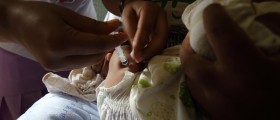
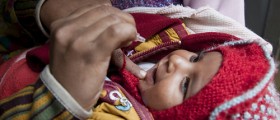
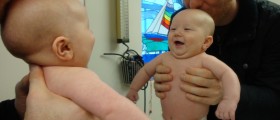
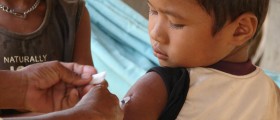


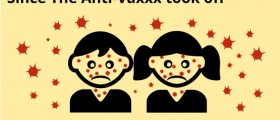




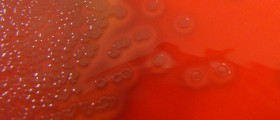



Your thoughts on this
Loading...